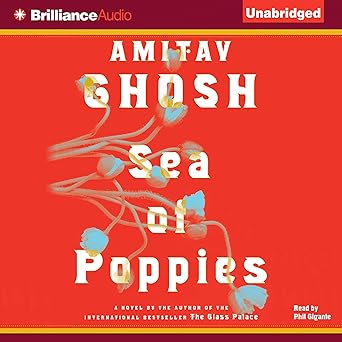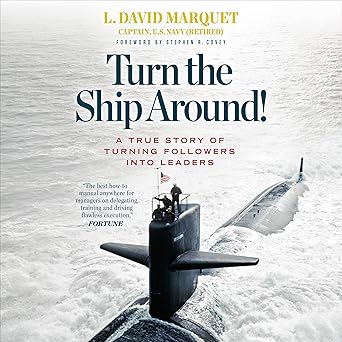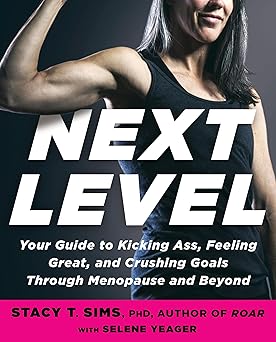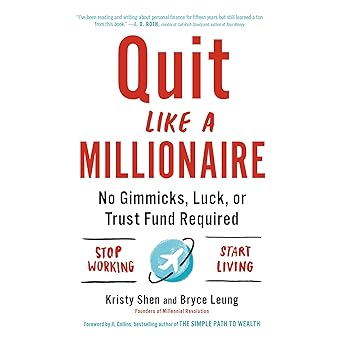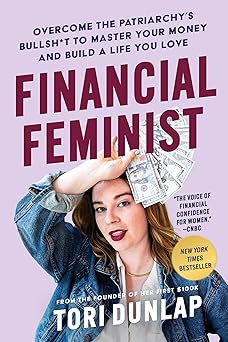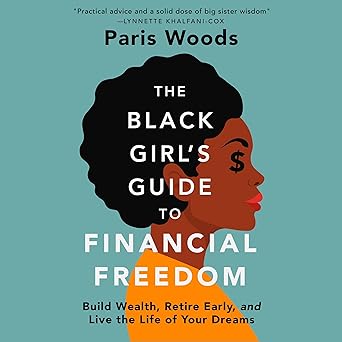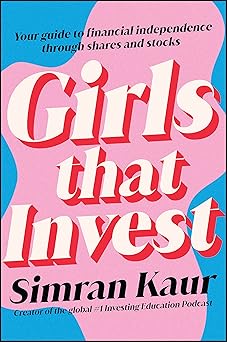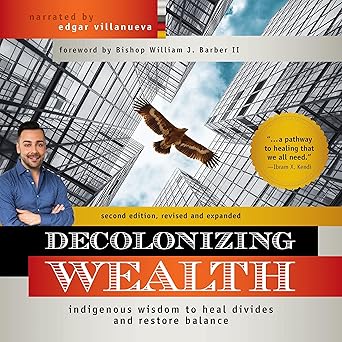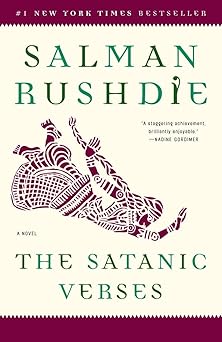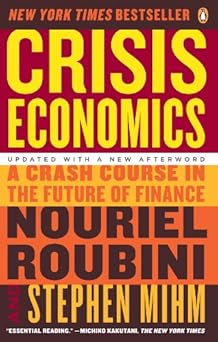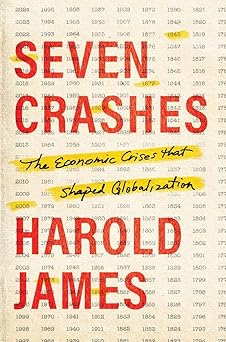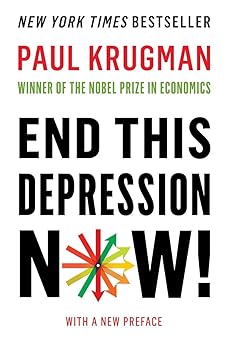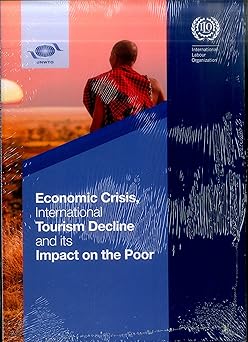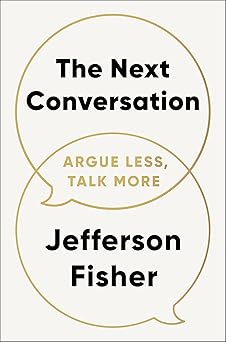
It’s amazing how a simple exchange, a quick chat, can really change things. This book is all about understanding that, and giving you the tools to make those conversations better. It’s not about being right or winning an argument; it's about truly connecting with the other person and making sure your message is heard. The author, a lawyer who has helped many people learn to communicate more effectively, shares a system built on three parts: controlling what you say, speaking with assurance, and connecting with the other person. It's a very clear and straightforward guide for anyone who wants to improve how they talk to others, whether it’s with family, friends, or colleagues. I remember once, I was trying to explain something to my niece, and she just wasn't hearing me. I ended up getting frustrated and raising my voice. It didn't help at all! Later, I realized I needed to take a step back, breathe, and really listen to her perspective. This book offers practical ways to do just that – to create understanding instead of friction.
The core of the guide is a three-part approach. First, it’s about learning to control your words. Sometimes, saying less is much more powerful. It's not about being quiet, but about thinking before you speak and choosing your words carefully. Second, you’re encouraged to speak with confidence. It's not about being loud or aggressive, but about expressing yourself clearly and standing up for what you believe in. Finally, and perhaps most importantly, the guide emphasizes the need to connect with the person you’re talking to. It's about showing empathy, understanding their point of view, and building a genuine connection. These three steps aren't complicated; they are simple practices that can be applied to any situation, from a disagreement with a loved one to a discussion at work. The book provides specific phrases and strategies you can use to navigate difficult conversations, set boundaries, and find common ground. The focus is on transforming everyday interactions into opportunities for positive impact and strengthening the bonds you share with others. It’s about recognizing the power of your words and using them to build bridges instead of walls.
This is a resource for anyone who wants to improve their relationships. It provides practical steps to handle difficult situations, like disagreements or conversations with challenging personalities. You're given tools to express yourself with purpose, set clear boundaries, and truly listen to what others are saying. It's not about mastering a complicated technique; it’s about understanding the principles of effective communication and using them to create more positive interactions. It helps you move away from trying to "win" and towards building understanding and connection. Whether you’re looking to improve your communication at home, at work, or in your community, the strategies shared in this guide can lead to lasting positive change in your life and the lives of those around you. It’s a reminder that every conversation holds the potential to be transformative.
I’m often asked how to handle those tricky moments, those times when you feel unheard or misunderstood. We all have them, don’t we? It might be a disagreement with your partner, a misunderstanding with a friend, or even a tense conversation with a family member. It’s easy to get caught up in wanting to be right, or to feel like you need to defend yourself. But I’m learning, through years of working with people, that true connection comes from something different. It's about finding a way to really hear the other person, to understand where they're coming from, even if you don't agree. I remember once, my son was struggling with a project at school, and I was so focused on telling him what to do, how to fix it, that I completely missed the fact that he just needed someone to listen to his frustration. He ended up shutting down, and I felt terrible. That moment really taught me the importance of pausing, taking a breath, and simply being present with someone’s feelings. This guide offers that same kind of gentle reminder—a pathway to creating those moments of real understanding, where everyone feels heard and respected. It’s about shifting your focus from what you want to say, to truly grasping what the other person needs to share.
The framework is wonderfully straightforward. It’s built on three important ideas: thinking carefully about what you say, expressing yourself with confidence, and making a genuine connection with the person you’re talking to. It’s not about learning a secret formula to manipulate people or "win" arguments. It's about being more aware of how your words affect others and using that awareness to build stronger, more meaningful relationships. Sometimes, the most powerful thing you can do is simply choose your words carefully, saying a little less and observing more. It encourages you to find your voice, to speak clearly and stand up for what you believe in, but always with respect and empathy. But the most important part is the focus on connection. It's about trying to see things from the other person’s perspective, understanding their feelings, and letting them know that you’re truly listening. There are many examples and phrases you can use, small changes that can make a big difference in how a conversation unfolds. It’s about finding that common ground, that shared understanding, even when you disagree. It's about remembering that every conversation is an opportunity to build a bridge.
Ultimately, this is a useful tool for anyone wanting to strengthen their relationships. It's not about becoming a perfect communicator; it's about learning to be more thoughtful and more present in your interactions. It provides a clear roadmap for navigating difficult conversations, setting healthy boundaries, and truly hearing what others are trying to say. It's a gentle nudge towards a more compassionate and understanding way of relating to the people in your life. Whether it's at home, at work, or in your community, the strategies shared here can help you create more positive, meaningful connections. It’s a valuable reminder that even the simplest conversations can hold the potential for profound change and lasting impact.
Rating: 5.0 / 5.0
It's wonderful to find a resource that gently guides you towards better understanding in your interactions with others. This book offers a really kind and straightforward approach to communication, helping you feel more equipped to handle those tricky moments we all face. It isn’s about becoming an expert or mastering a complicated system; it’s about remembering to pause, breathe, and truly listen to the person in front of you. The book focuses on three simple ideas – thinking before you speak, expressing yourself with confidence, and making a real connection – and provides practical suggestions for implementing them in everyday conversations. It really does feel like a supportive friend offering helpful advice, and the focus on empathy and building bridges, rather than "winning," is deeply comforting. It’s a valuable resource for anyone hoping to improve their relationships and create a more compassionate way of communicating.
